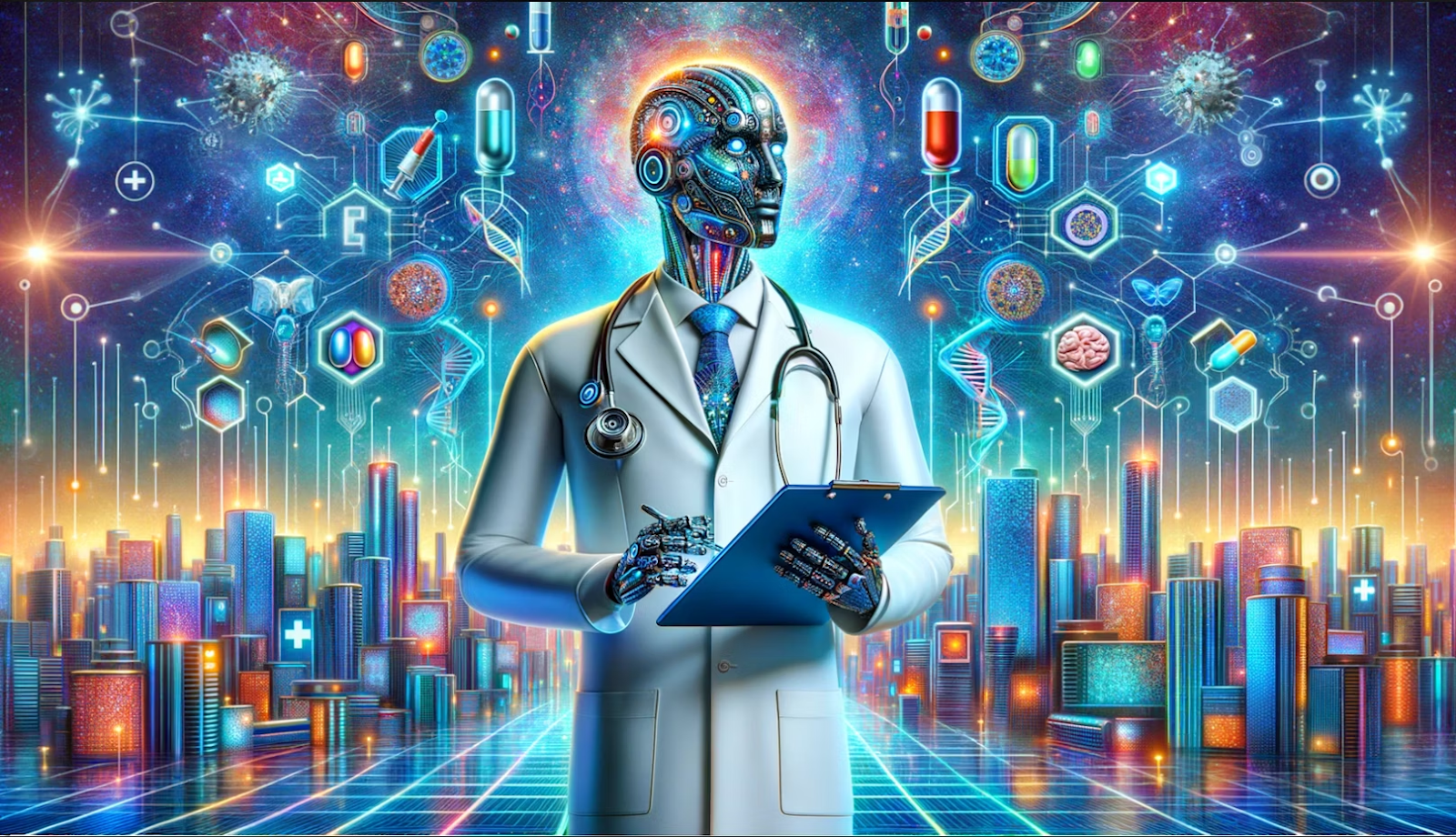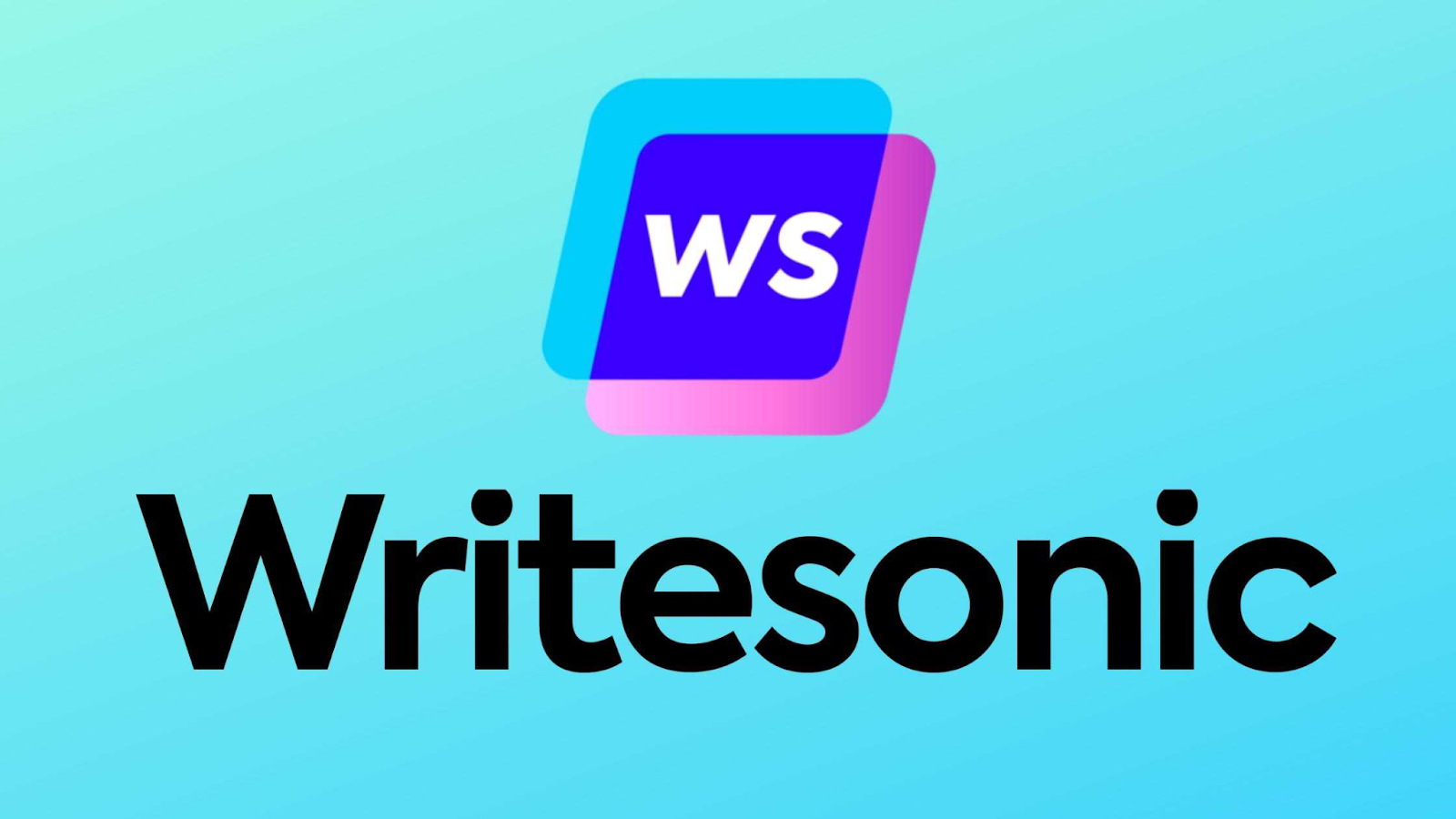ChatGPT has become a symbol of conversational AI. It helps people draft text, brainstorm, and explore ideas. But in healthcare, accuracy and context are everything. A chatbot designed for general tasks cannot meet the standards required in clinical settings.
The U.S. National Library of Medicine (PubMed) emphasizes that healthcare AI must process both structured data like lab values and unstructured data like physician notes. ChatGPT does neither in a safe or reliable way. Its answers may sound convincing, but they are often outdated or incomplete. For public health communication, research assistance, or patient education, this is a risk.
Healthcare requires tools that are updated in real time, work with multimodal input, and integrate into existing workflows. Understanding why ChatGPT falls short helps set the stage for evaluating safer and smarter alternatives.

Core Limits of ChatGPT in Healthcare
ChatGPT is designed as a generalist model. It produces text based on patterns in training data, but it lacks specialized medical integration. In clinical contexts, this is not enough.
- No real-time integration
ChatGPT cannot access drug registries, clinical trial databases, or disease surveillance dashboards. Physicians often depend on fresh updates from the Centers for Disease Control and Prevention (CDC) or European Medicines Agency (EMA). Without live integration, ChatGPT’s answers risk being outdated, which is dangerous in clinical decision-making. - No medical imaging capabilities
Modern healthcare relies on multimodal AI that can read radiology scans, histopathology images, or dermatology photos. ChatGPT does not support image interpretation, while other systems are being tested for these tasks with promising results in diagnostics. - Lack of voice support
Voice commands and speech-to-text are essential in sterile or hands-free environments, such as operating rooms. A surgeon cannot type while performing a procedure. Accessibility for patients with disabilities is another concern. - Pricing and scalability issues
Hospitals, clinics, and research institutions require scalable AI solutions that adapt to diverse budgets. ChatGPT’s tiered pricing may exclude smaller practices or low-resource settings.
The World Health Organization (WHO) has issued guidelines stressing transparency, safety, and adaptability in medical AI. ChatGPT, while useful in general domains, does not meet those criteria.

Writesonic: Real-Time Search Meets Clinical Queries
Writesonic distinguishes itself by integrating with Google in real time. For healthcare, this is not just a convenience but a necessity. Real-time access ensures that clinicians and researchers receive updated treatment guidelines, drug recalls, or outbreak reports.
A public health researcher, for example, can ask about the latest vaccination data and receive responses drawn from fresh online sources. A physician preparing for rounds could query recent cardiology trial results instead of relying on outdated material. This reduces the gap between discovery and clinical application.
Expanded features for healthcare use:
- Real-time data: draws from the open web, including medical resources like NIH.
- Image generation: useful for patient education or academic presentations.
- Voice commands: relevant for dictating notes or supporting patients with disabilities.
- Platform flexibility: Chrome extension and mobile app support clinical mobility.
Pricing starts at $13 per month, making it accessible even for smaller practices.

YouChat: A Free, Search-Integrated Assistant
YouChat merges chat with search, allowing fast retrieval of concise summaries. For medical students, nurses, and educators, this can be a low-cost tool to gather background knowledge.
Strengths in healthcare:
- Quick answers without navigating multiple sources.
- Free access, useful for students in low-resource settings.
- User-friendly interface for non-technical audiences.
But it lacks the authority of databases like the Cochrane Library. This makes it unsuitable for clinical use, though helpful for early research or patient education drafts.

Copy.ai: Precision for Medical Communication
Copy.ai specializes in structured content. In healthcare, clear communication prevents errors and supports compliance.
Healthcare applications:
- Patient education brochures and discharge instructions.
- Public health campaigns on vaccination, smoking cessation, or diet.
- Internal protocols and staff communication.
Its plagiarism checker ensures originality. This is valuable when publishing patient-facing material. Compared to ChatGPT’s freeform text, Copy.ai provides structured, credible outputs.
Pricing starts at $49 per month, which suits hospitals and health NGOs with dedicated communication budgets.

Rytr.me: Affordable Text Support
Rytr.me offers budget-friendly content generation at $9 per month. This makes it practical for small clinics, NGOs, or community health organizations.
Use cases:
- Social media health promotion posts.
- Appointment reminders or outreach messages.
- Quick blog posts on preventive care topics.
It is limited in advanced features but easy for staff without technical training. For low-resource environments, this balance of simplicity and affordability is useful.
Browse AI: Automating Public Health Data Extraction
Browse AI automates web data scraping. In healthcare, this is essential for epidemiology, pricing, and monitoring public health dashboards.
Applications:
- Tracking disease outbreak dashboards daily.
- Monitoring changes in pharmaceutical pricing.
- Collecting patient feedback for service improvement.
By exporting structured data into spreadsheets, Browse AI reduces manual work. For example, epidemiologists can automate collection of influenza rates instead of compiling figures by hand.
Academic Tools: Elicit and Socratic
Elicit AI supports academic research by finding and summarizing literature. For evidence-based medicine, this accelerates systematic reviews and helps clinicians identify the latest findings quickly.
Socratic supports students by explaining scientific concepts with simple illustrations. For example, it can help medical students visualize cellular processes or anatomical structures.
Together, they highlight AI’s role in both advanced research and early learning.

Productive Use of Voice and Speech APIs
Voice-enabled AI is increasingly vital in healthcare. Doctors need transcription, patients need accessible outputs, and both benefit from hands-free tools.
The Graphlogic Generative AI & Conversational Platform supports retrieval-augmented generation (RAG), which integrates live data. This gives clinicians immediate access to updated guidelines and evidence during patient care.
The Graphlogic Text-to-Speech API provides natural audio outputs. This is useful in telemedicine, rehabilitation, and accessibility contexts where spoken delivery matters.
Unlike ChatGPT, these APIs are built for medical workflows and compliance needs.
Comparison of Healthcare-Relevant AI Tools
| AI Tool | Key Features | Best Use | Pricing |
| Writesonic | Real-time search, image generation, voice commands | Research, education, clinical content | Free & from $13/month |
| YouChat | AI-powered search | Quick academic lookups | Free |
| Copy.ai | 90 writing tools, plagiarism check | Patient communication, health campaigns | Free & from $49/month |
| Rytr.me | Affordable text generation | Small clinics, NGOs | Free & from $9/month |
| Browse AI | Automated scraping, spreadsheet export | Epidemiology, pharma monitoring | Free & from $48.75/month |
| Elicit | Literature review AI | Evidence-based medicine | Free (beta) |
| Socratic | AI tutor | Medical student learning | Free |
| Graphlogic APIs | RAG, TTS | Clinical workflow, telemedicine | Custom |
Choosing the Right AI for Medicine
Selecting an AI tool for healthcare is not about chasing hype. It is about matching functions with real-world needs, risks, and resources. The wrong tool can waste money, introduce errors, or confuse patients. The right tool can reduce workload, speed up decisions, and improve care quality.
Clinical Care
For hospitals and clinics, the priority is real-time data and hands-free operation. Tools must integrate with electronic health records (EHRs), support voice commands, and handle multimodal data like lab values and images. Doctors need to ask about current treatment guidelines and receive updated results from trusted databases like the CDC or NIH.
Trends:
- Integration with EHR systems: AI is moving toward seamless workflows instead of stand-alone apps.
- Voice-first interfaces: surgeons and emergency physicians increasingly rely on speech-to-text for sterile environments.
- Clinical imaging AI: multimodal models that combine language and image recognition are being tested for radiology and pathology.
Research
Researchers benefit from automation in literature reviews, data extraction, and study synthesis. Tools like Elicit accelerate systematic reviews, allowing scientists to spend less time collecting and more time analyzing.
Trends:
- AI-driven meta-analysis: automated comparison of multiple studies with statistical synthesis.
- Data mining of trial registries: scraping platforms like ClinicalTrials.gov for updates.
- Integration of RAG (retrieval-augmented generation): used in platforms such as Graphlogic Generative AI, which helps researchers pull live evidence into their analyses.
Education
For students and educators, accessibility and affordability matter most. Free or low-cost AI assistants like YouChat and Socratic help explain complex biology or pharmacology concepts. They are not substitutes for peer-reviewed sources, but they lower barriers to understanding.
Trends:
- AI tutors with multimodal support: combining text, diagrams, and voice.
- Adaptive learning platforms: systems that tailor explanations to the learner’s progress.
- Mobile-first AI education: widespread among younger students and in developing regions.
Communication
Public health messaging must be clear, accurate, and engaging. Copy.ai and similar tools help draft campaigns on vaccination, nutrition, or smoking cessation. But content should always be reviewed by medical professionals.
Trends:
- AI-assisted multilingual communication: automatic translation and cultural adaptation of campaigns.
- Personalized patient engagement: AI generates tailored instructions based on health records.
- Automated monitoring of misinformation: scanning online platforms to detect harmful narratives.
Ethical and Regulatory Alignment
The WHO’s multimodal AI guidance stresses three points: safety, explainability, and transparency. Institutions adopting AI must ensure compliance with these principles. Regulators in the EU and U.S. are also moving toward frameworks where AI tools in healthcare require certification before clinical deployment.

The Future of Healthcare AI
ChatGPT proved the appeal of conversational AI. But healthcare requires higher standards. Doctors, researchers, and educators cannot rely on static, general-purpose chatbots. They need tools that are:
- Connected to real-time data for up-to-date accuracy.
- Multimodal, able to process and generate text, voice, and images.
- Accessible, with hands-free support for clinical settings and patient use.
- Compliant, meeting ethical and regulatory requirements.
Trends That Will Shape the Next 5 Years
- Shift from single bots to AI ecosystems
Healthcare will not rely on one assistant. Instead, clinics will combine multiple specialized tools — from transcription APIs to data scraping bots — into layered workflows. This modular approach ensures redundancy and adaptability. - Rise of multimodal AI in diagnostics
Models that process both text and images are being tested for radiology, dermatology, and pathology. Integration of audio (like patient speech analysis for neurology) will soon follow. - Personalized medicine with AI
Generative AI combined with genetic and lifestyle data may assist in tailoring treatments. For example, predicting drug interactions based on genomic profiles. - Voice-first healthcare
Adoption of speech-to-text and text-to-speech APIs will accelerate. Doctors will dictate notes, patients will receive audio instructions, and accessibility will improve. - AI in global health equity
Low-cost or open-access AI tools will expand educational and clinical resources in underserved regions. This trend is supported by WHO’s call for inclusive AI. - Regulatory frameworks
Governments will enforce certifications for medical AI, similar to drug approvals. Only validated tools will be allowed in clinical decision-making.
Trends in Adoption: Healthcare AI 2025–2030
To illustrate the speed of change, the chart below shows projected adoption of AI in healthcare institutions over the next five years:
By 2030, up to 85 % of healthcare institutions are expected to integrate AI into clinical practice, research, and communication workflows.
A Balanced Path Forward
AI in healthcare is not about replacing clinicians. It is about reducing routine workload, providing decision support, and expanding patient access. ChatGPT made AI mainstream, but its limitations highlight the need for specialized, integrated, and compliant solutions.
The future lies in layered ecosystems:
- a real-time search assistant for clinical updates,
- a transcription API for efficient note-taking,
- an academic summarizer for research,
- and a structured writing tool for patient communication.
When combined, these create a safer and more productive healthcare environment — where accuracy, speed, and transparency coexist.
FAQ
No. It is not approved for clinical diagnosis. Use peer-reviewed tools and databases like PubMed.
Clinical work requires up-to-date guidance from CDC or NIH. Outdated data can harm patients.
Yes, if reviewed by clinicians. Copy.ai helps with structure, but expert oversight is mandatory.
They are useful for exploration but cannot replace evidence sources like the Cochrane Library.
They enable transcription and spoken outputs, reducing manual work and improving accessibility.
Elicit accelerates research reviews, while Socratic supports learning — both useful in medical education.
Transparency, safety, integration, and compliance with WHO guidance.

